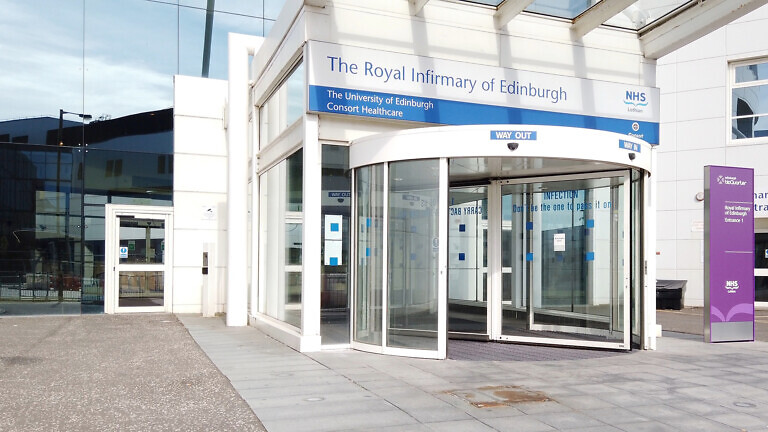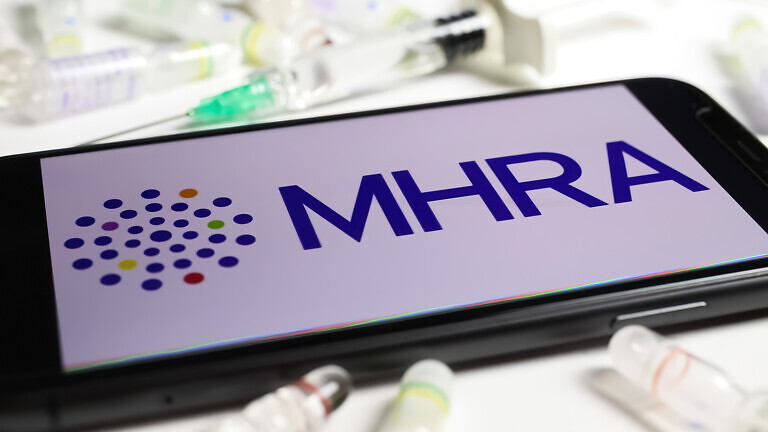Andrew Whiteley, former GP and founder of Lexacom, explains why voice recognition has the potential to be one of the most effective additions to the modern GP’s toolkit.
For GPs, time is the most precious – and rarest – commodity. Every day is a race against the clock: managing growing patient lists, tackling complex admin, and processing ever-increasing volumes of documentation. But what if, instead of typing between consultations or catching up on paperwork in the evening, GPs could reclaim some of those hours simply by speaking?
This is no longer a theoretical prospect. Voice recognition technology has reached a new level of maturity – and it’s now reshaping workflows in general practice, both in the UK and beyond.
A powerful tool for reducing admin burden
Speech recognition in healthcare isn’t new. In the 1990s, early systems required users to pause between each word. As recently as a few years ago, tools were improving, but still clunky: reasonably accurate, but not intuitive. Today, the best systems do more than transcribe. They understand context, apply formatting, and can even support real-time clinical coding.
Modern voice systems are designed to complement the clinician’s workflow. GPs can speak naturally and freely – dictating referral letters, summarising consultations, managing admin, or even navigating digital systems – and see accurate, formatted text generated instantly. It’s more than a dictation tool; it’s a way of interacting with systems hands-free, using everyday language.
Crucially, this technology addresses a persistent problem in primary care: the administrative workload. GPs often spend as much time on documentation as they do in consultations. While voice tech can’t extend the day, it can dramatically reduce the time spent typing, form-filling and navigating digital documents – freeing up more energy for clinical decision-making.
Clinicians report a tangible difference. I recall one GP being ahead of schedule for the first time in years, while others highlight the improved quality of records. Speaking tends to be more descriptive, more nuanced – and, in many cases, more complete.

Improving accessibility and ease of use
Voice recognition can also be a valuable leveller. For those who find written expression difficult, it offers an alternative route to accurate documentation. The most advanced tools can correct grammar and punctuation, adapt to different speech patterns, and handle variations in speed or expression – all without compromising clarity.
When looking for a tech partner, accessibility and inclusivity are key considerations. Practices should ask: Can the system cope with a range of accents? Is it suitable for neurodiverse users? Can it integrate with the platforms clinicians already use? A voice system is only effective if it works for everyone – not just the tech-savvy or digitally confident.
Importantly, the barrier to entry is now minimal. No specialist equipment is needed. Most systems run on standard laptops with a basic internet connection. The user experience has been streamlined: initiate dictation, speak naturally and the system takes care of the rest.
The importance of trust and governance
As adoption rises, so do the stakes. Recent media reports have highlighted concerns about clinicians using unregulated AI tools not approved for medical use. This is more than a technical issue – it’s a serious safety matter.
Patient data is among the most sensitive information in any sector. When using cloud-based systems, data must be encrypted, securely transferred, and processed within the appropriate national or regional jurisdictions. Accuracy is also critical. For example, the difference between “hypernatremia” and “hyponatraemia” could significantly alter treatment decisions – so it’s essential that a system recognises these subtle differences.
There have been instances of non-clinical speech models misinterpreting medical terms or generating ambiguous content. This underscores the need for healthcare-specific voice solutions developed with clinical oversight and a deep understanding of patient safety, data governance and system interoperability.
Choosing a trusted technology partner isn’t about brand – it’s about ensuring systems are clinically appropriate, compliant, and built with the realities of general practice in mind.
Reclaiming time for patients
While voice technology won’t solve workforce shortages or reduce patient demand overnight, it can help clinicians make better use of their time, shifting energy away from manual data entry and toward patient engagement, clinical thinking, and collaborative care.
Consider a typical ten-minute consultation: by dictating a structured summary in real time, a GP can capture nuanced, accurate records, eliminating the need for retrospective notes and reducing cognitive load. In turn, this supports better continuity of care, more efficient follow-up, and a reduced risk of burnout.
For those yet to explore voice technology, my message is simple: this is no longer emerging tech. It’s a proven, pragmatic tool already transforming practices. Clinicians who adopt it rarely look back, not because it’s cutting-edge, but because it integrates smoothly into how they work.
Technology in healthcare should simplify, not complicate. When implemented with care and proper safeguards, voice recognition has the potential to be one of the most effective additions to the modern GP’s toolkit, helping clinicians focus on what matters most: their patients.



